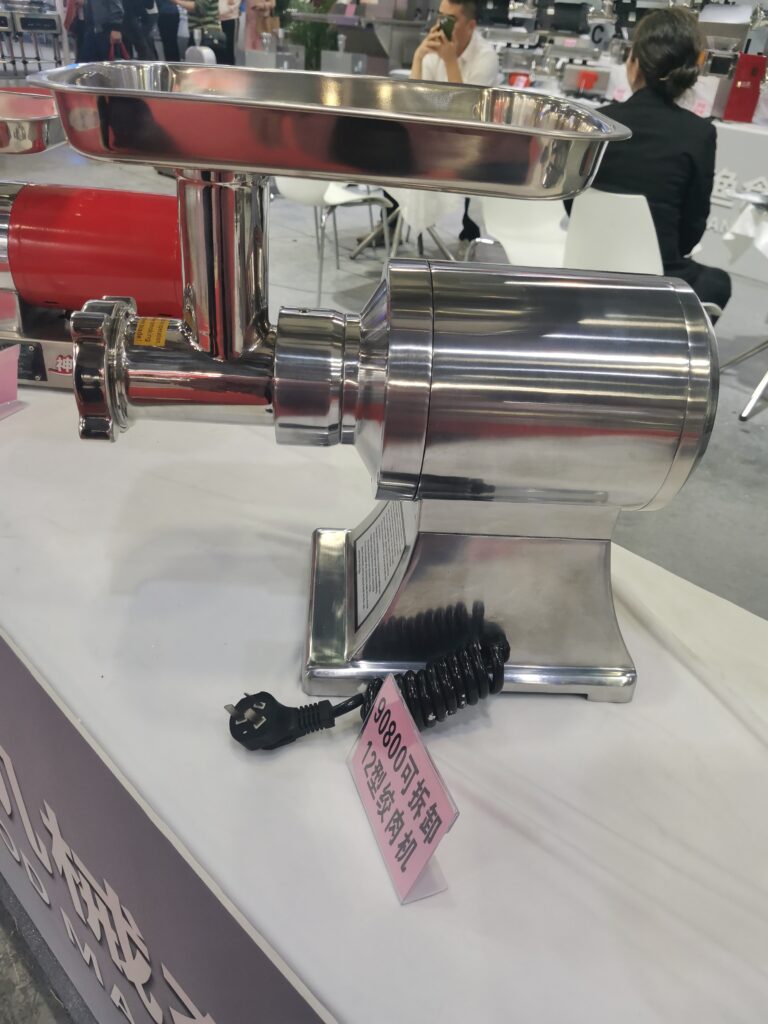Introduction to Meat Grinders
When considering meat grinders, two primary types stand out: manual and electric. Each has its own set of benefits and drawbacks, and the decision between them hinges on your unique requirements and tastes.

Manual Meat Grinders
Manual meat grinders represent a traditional and often more cost-effective choice. They are usually operated by a hand-cranked mechanism, offering a hands-on and satisfying experience for home cooks. These grinders are typically smaller and more compact, making them suitable for kitchens with limited space. Their design is generally simpler, which means less maintenance and a more straightforward grinding process. However, manual operation can be physically demanding, particularly when processing large amounts of meat or tougher cuts.
Electric Meat Grinders
In contrast, electric meat grinders provide a more convenient and efficient grinding experience. Powered by an electric motor, these models eliminate the need for manual cranking. Electric grinders are often more powerful, making it easy to process large volumes of meat. They can also handle tougher cuts more effectively and deliver a more consistent grind, which is why they are favored by those who frequently prepare large batches of ground meat or sausages. Although electric grinders tend to be more expensive than manual ones, they can save time and effort over time.
Choosing the Right Meat Grinder
When deciding between a manual or electric meat grinder, take into account factors such as how often you intend to use it, the typical volume of meat you need to grind, and your personal preferences regarding hands-on involvement and ease of use. Both types of grinders can be valuable additions to your home kitchen, so it’s crucial to weigh the pros and cons to find the one that best fits your needs and cooking style.